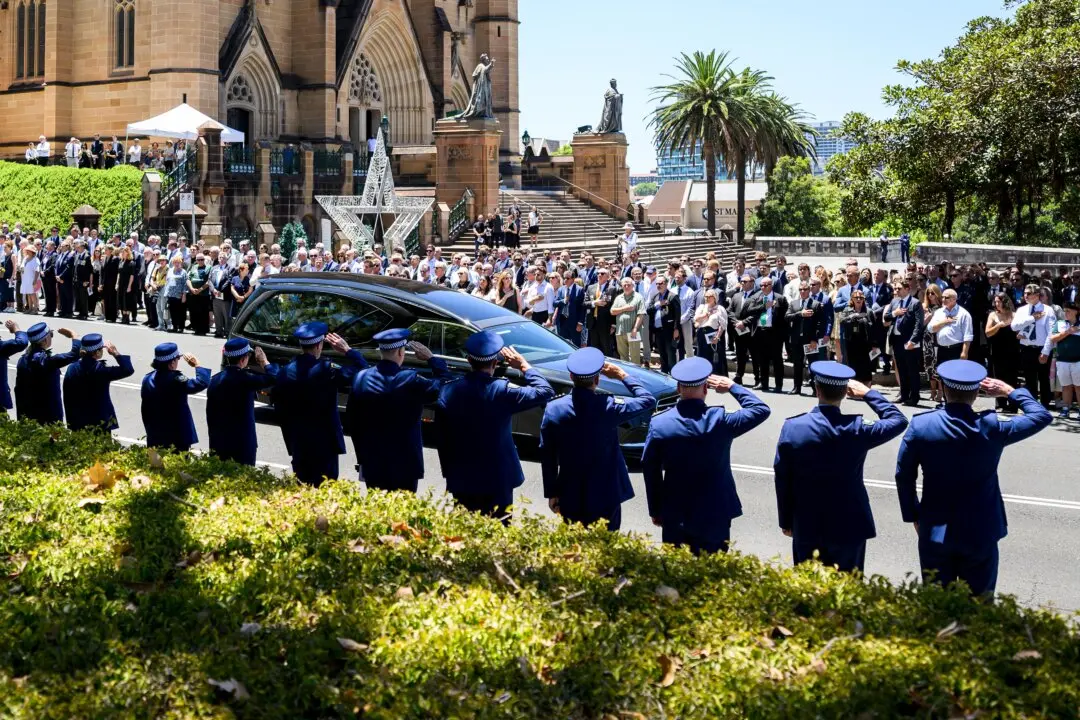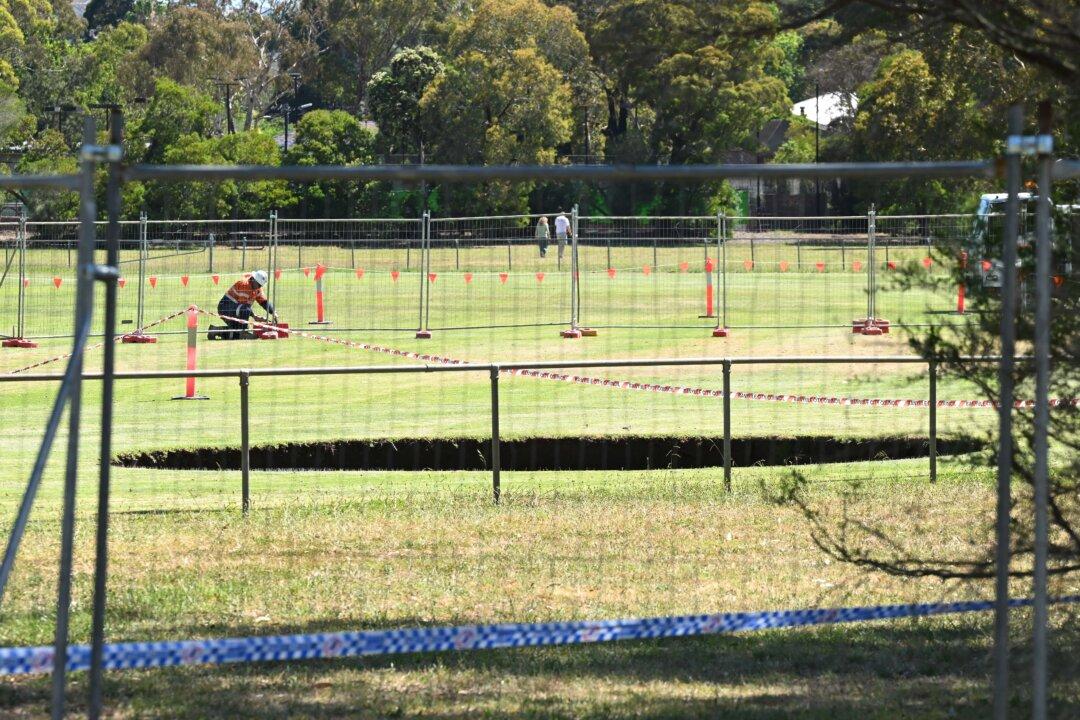Australian workers living in the outer suburbs of cities need roads to get to work and business hubs developed closer to where they live.
One in five Australians who live on the outskirts of major cities are missing out, according to an alliance of councils from across the country.





